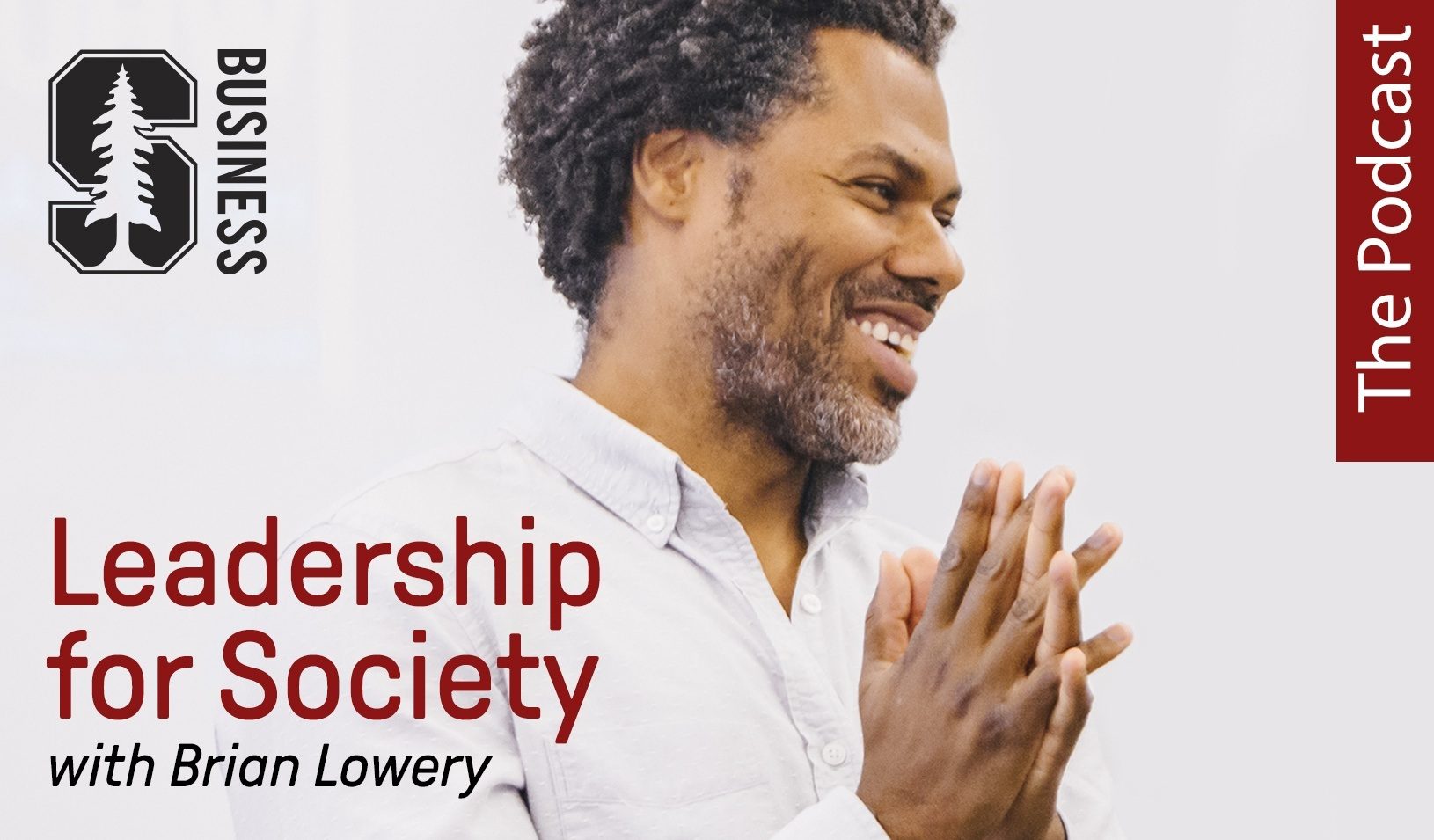Gil-li Vardi: Can Businesses Learn from Military Strategy?
A military historian says organizational assumptions are rarely correct.
October 01, 2015

Although military and business organizations are like apples and oranges, they can learn from each other. | Reuters/Fabrizio Bensch
Military organizations dislike change. “It’s not a natural sort of thing for them to do,” says military historian Gil-li Vardi. “It’s very costly.” Yet they need to transform themselves constantly to remain effective. So how do they approach the need for strategic change? Where does it come from, who gets to decide it, and what factors shape it?
Vardi, a lecturer at Stanford Graduate School of Business, has spent her career trying to answer these questions. Using theories of sociology and organizational culture, she studies how militaries update their strategic thinking and operational habits — something every business must figure out as well.
Her initial research focused on Germany’s armed forces after World War I, when a complete overhaul seemed warranted. “They lost a world war,” she says. “You’d think some of them would sit down and say, ‘Well, we lost that one; what went wrong?’ But they did none of it.” Instead, military leaders decided that their strategy was sound, and the politicians were to blame for Germany’s defeat. Next time, they vowed presciently, they would do the same thing — only bigger and better.
Vardi chalks up Germany’s unwillingness to implement large-scale change to its long-standing commitment to tradition, and decided to compare it to a military that had none: the Israel Defense Forces. It wasn’t a completely arbitrary choice; Vardi, an Israeli citizen, had served two years as a lieutenant in the IDF intelligence corps. She knew the background. “Here’s an army that has a very clear birth — a big bang moment. There was no army one moment, and the next day there was an army,” she says. “If you think of any other modern army — say, the Indian Army, or the Jordanian Army — they’re all based on colonial forces that were trained and educated in colonial traditions. The IDF had no history.”
With no tradition and no time to prepare, its leaders had to rely on “reflection in action,” Vardi says. “The amazing thing is that within two years, they came up with the basic patterns and strategies that would hold at least until 1982.” She attributes the IDF’s speedy formation to a combination of outside pressure — surrounded by enemies, Israel’s very survival was by no means a given — and clear vision, especially as it was articulated by the founding group of young officers who grasped instantly what the IDF needed to be.
The takeaway, she says, is that while organizational culture is artificially imposed and can be manipulated, military organizations — especially those steeped in tradition — will not change unless the impetus comes from within. “If various members and groups within the organization don’t have a commitment to change, it will never happen,” she says. “External pressure is not enough.” The two best-known examples of successful “revolutions in military affairs” came from within the militaries themselves, she says: the rise of the Soviet Red Army in the 1920s and 1930s, and the U.S. military’s adoption of the “AirLand Battle” strategy in Europe in the early 1980s, which emphasized coordination between the Army and the Air Force, using ground forces on the front lines combined with air strikes to stop the forward movement of enemy reserves.
Though military and business organizations are “like apples and oranges,” says Vardi, with “different goals, different purposes, and different patterns of behavior,” they can definitely learn from each another. She points out that most high-ranking military officers take at least some business courses so they can learn strategies for managing their “different kinds of dinosaurs.” Likewise, business leaders can benefit from studying military history, which Vardi compares to learning a foreign language. Whether or not they use “the language of military strategy” on a daily basis, it can change patterns of thinking and expand one’s worldview.
Her course, Modern Military Strategy: The Changing Face of War, introduces students to that language and then asks them to apply it to modern-day conflicts. For instance, she might convene a mock National Security Council meeting and ask students to make policy recommendations for combatting the Islamic State. “I play the president, by the way, which I really, really like doing,” she says.
Vardi’s own experience — as both a soldier and a military historian — shapes her views of organizational culture. One thing she’s learned, she says, is that every situation is unique, and there are few universal truths about how militaries respond. “Historians get very anxious when you try to ‘learn lessons’ from the past, and say things like, ‘Oh, [former Iranian president Mahmoud] Ahmadinejad is just like Hitler.’ No, he’s not. It’s never the same: The conditions are always different, the financial system is different, the leaders are different, the people are different.”
Indeed, organizational assumptions are rarely correct; contrary to the image of militaries as hierarchical and regimented, she found the IDF to be chaotic and informal, with soldiers calling their commanders by their first names rather than “Sir.”
And while Vardi’s personal experience in the military may have piqued her interest in the subject, she doesn’t believe it enhanced her grasp of military affairs. “I did not acquire any in-depth understanding of armies because I was an officer,” she says. “You don’t have to be a soldier to understand military history.”
For media inquiries, visit the Newsroom.
Explore More

10 Tips for Tackling Political Polarization in the Workplace and Beyond

Class Takeaways — Business and Government



